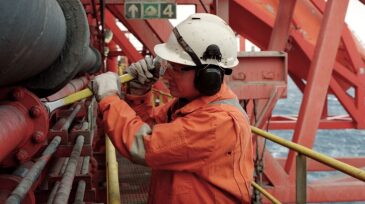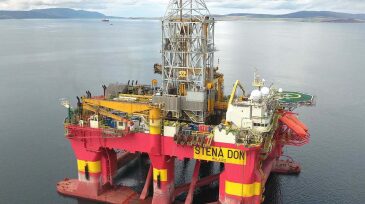UK Oil and Gas Authority
-
UK offshore oil and gas producers are moving closer to the region's goal of achieving zero routine flaring by 2030.
-
Organizers of the Oil & Gas Authority’s decarbonization competition are looking for ideas to bring electrification and an integrated energy basin closer to reality.
-
Flaring in the UK North Sea fell by 22% in 2020 from the previous year as production facilities cut the overall volume to 33 Bcf, a reduction that is roughly equivalent to the gas demand of 200,000 UK homes.
-
Eni plans to reuse depleted hydrocarbon reservoirs in Liverpool Bay to permanently store CO2 captured in northwest England and North Wales.
-
For the seventh straight year, the regulatory body has found offshore operations continue to improve based on an efficiency model developed in partnership with the SPE.
-
The strategy supports the Maximise Economic Recovery from UK Oil & Gas Strategy and Vision 2035, whose goal is to achieve £140 billion additional gross revenue from UKCS production by that time.
-
The round marked a continuation of a recent trend on the UKCS in which lesser-known firms and newcomers have gained stature, replacing more-familiar, bigger operators that have pared down their North Sea positions.
-
Some 3,000 people and counting intrigued by UK oil and gas data have signed up for access to the country’s new National Data Repository. What motivated the OGA to make the data available to the public, and what can the public do with the data?
-
Leaders from UK’s Oil and Gas Authority, Total, CNOOC, and Equinor discuss exploration successes, misses, and expectations for the offshore UK.
-
Data from the UK Oil and Gas Authority’s new data repository cover 12,500 offshore wellbores, 5,000 seismic surveys, and 3,000 pipelines.










